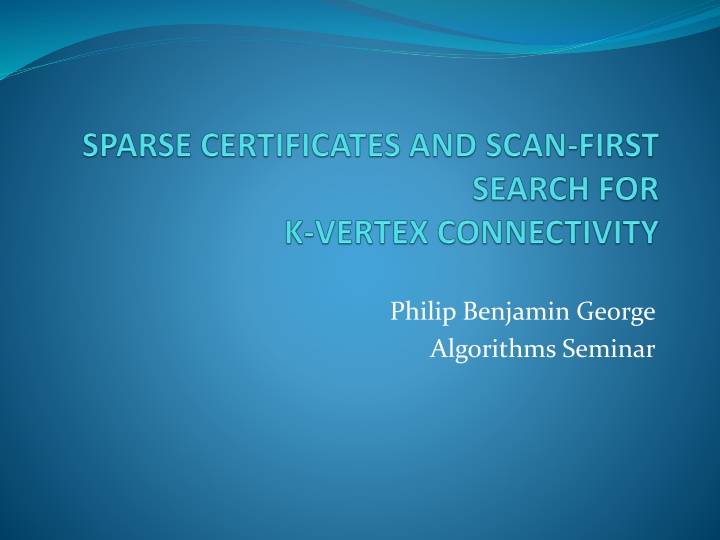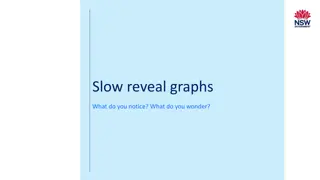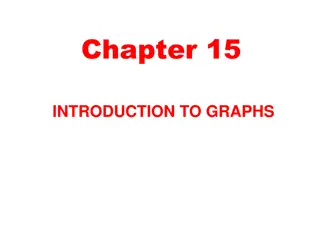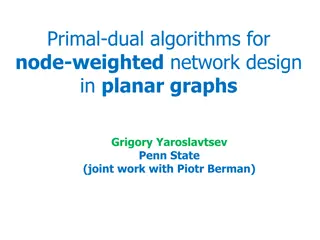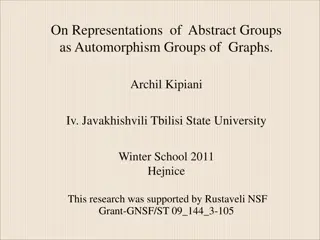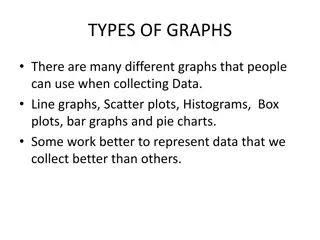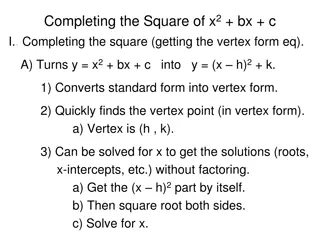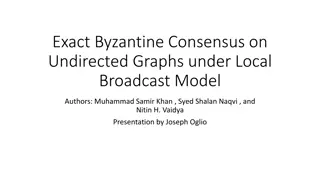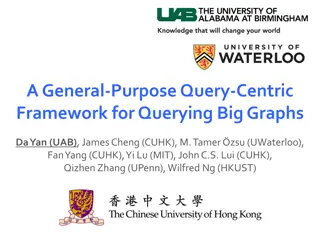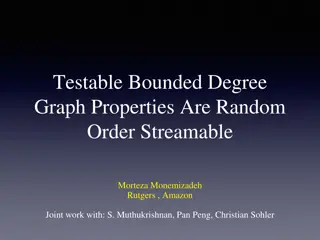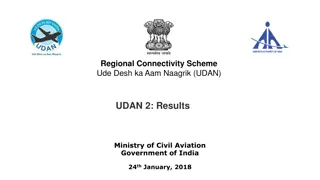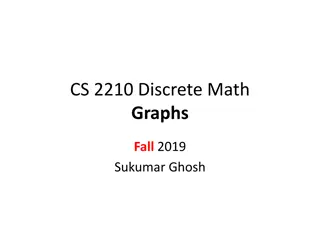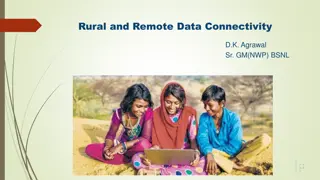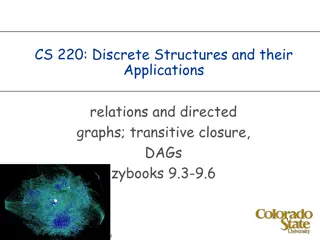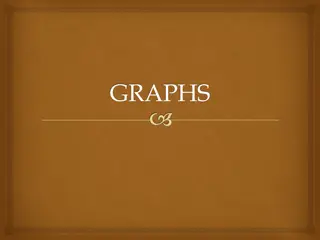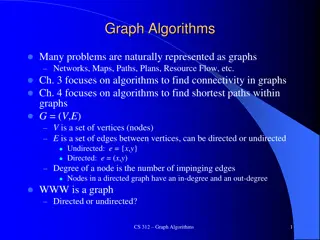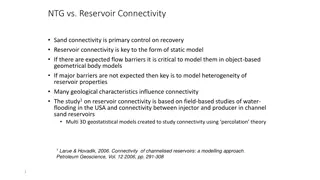K-Vertex Connected Graphs and Connectivity Algorithms
Delve into the world of K-vertex connected graphs and algorithms that focus on connectivity. Understand the concept of k-connectivity certificates, sparse certificates, and the efficient Scan-First Search algorithm for constructing connectivity certificates in parallel. Witness the application of these concepts in various computational models and gain insights into the proof behind their performance.
Download Presentation

Please find below an Image/Link to download the presentation.
The content on the website is provided AS IS for your information and personal use only. It may not be sold, licensed, or shared on other websites without obtaining consent from the author.If you encounter any issues during the download, it is possible that the publisher has removed the file from their server.
You are allowed to download the files provided on this website for personal or commercial use, subject to the condition that they are used lawfully. All files are the property of their respective owners.
The content on the website is provided AS IS for your information and personal use only. It may not be sold, licensed, or shared on other websites without obtaining consent from the author.
E N D
Presentation Transcript
Philip Benjamin George Algorithms Seminar
Overview K-Vertex Connected Graph K-connectivity Certificate Sparse Certificate for k-connectivity Scan First Search Illustration Performance in different Computational Models A Brief Look at the Proof
K-Vertex Connected Graph A connected graph G is said to be k-vertex-connected (or k- connected) if it has more than k verticesand remainsconnected whenever fewer than k vertices are removed. Deleting any k-1 vertices , is still a connected graph. Fig. 2-connected graph
K-connectivity Certificate For a graph G = (V, E), there exists some subset of edges E E, such that the subgraph G = (V, E ) is k-connected if and only if G is k- connected. This subset is considered a certificate for the k-connectivity of the graph G. Figure. Graph G on the right is a k-connectivity certificate for G.
Sparse Certificates For a graph with n vertices, a k-connectivity certicate for it is considered sparse if it has atmost kn edges. Fig. Subgraph on the right is also a sparse certificate
Scan-First Search Scan First is an algorithm for the parallel construction of k- connectivity certicates for graphs. Introduced in the paper Scan-First Search and Sparse Certicates: An Improved Parallel Algorithm for K-Vertex Connectivity by Joseph Cheriyan, Ming-Yang Kao, and Ramakrishna Thurimella. It runs in O(k logn) time.
SFS Algorithm Input: a connected undirected graph G=(V,E) and a vertex r. Every iteration starts with Finding a Spanning tree T of G rooted at r Assign a preorder numbering to all the vertices in T, which we will use as our scanning order.
SFS Algorithm Next, involves 2 steps of Scanning and Marking The main step is called Scan: to scan a marked vertex means to mark all previously unmarked neighbors of that vertex.
SFS Algorithm do { Choose lowest preorder numbered vertex that is marked. Scan that vertex. Add all edges of neighbors incident to scanned vertex to Ei that they have their other end marked and mark all those neighbouring vertices. } until (no more edges can be added)
End of an iteration Once we have exhausted all vertices, we have an edge set for the iteration, Ei. We then remove Eifrom Gi-1, and make that Gi, and move onto the next iteration using the graph Gi. At the end of each iteration we have: Ei: The set of edges we encountered during our scan-first search Fi: Scan-first search forest, the grouping of edges into what may be separate trees at each step. Gi: The resulting graph from removing Eifrom the graph Gi-1 that we used to begin this iteration.
End of an iteration We also have: Hi: The union the edges from every iteration to now, E1 U U Ei. Important to note: For each step i, the resulting graph Gi-1 that we run scan-first search on has no marked/scanned vertices, they are reset for each iteration. Claim: Hkprovides a sparse certificate for the k- connectivity of G.
How is SFS parallel? Remember these steps: Find a spanning tree T of G rooted at r , some starting vertex our algorithm is given. Preorder number the vertices in T. Both of these can be done in parallel in O(log n) time using C(n,m) processors.
Performance in different Computational Models The Scan-first search procedure has efficient implementations in the parallel, distributed and sequential models of computation. Parallel: Runs in O(k log n) time Distributed: Runs in O(k n log3n) time Sequential: Runs in O(k(m + n)) time.
A Brief Look at the Proof We know that by the definition of k-vertex certificate, G is k-vertex connected if and only if G is k-vertex connected. By contradiction, we can say that, Hki.e. G is not a k- vertex certificate for G, there must be a set S that disconnects Hk, but not G. Some tree T in every forest Fiwill have a first encounter with a vertex in S that we have not encountered in a previous iteration, which we call si. We show that any path that crosses from the two disconnected parts of Hk- S must cross a vertex in S.
A Brief Look at the Proof Since G - S is connected, we will encounter an edge that crosses the two components of Hk S. This edge is in some path Pkbetween the two component in Hk S. We show that such a set S cannot exist. Therefore we can say that Hki.e. G is k-vertex connected if and only if G is k-vertex connected.
